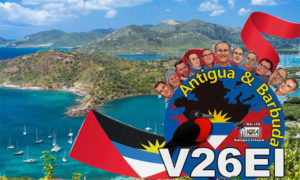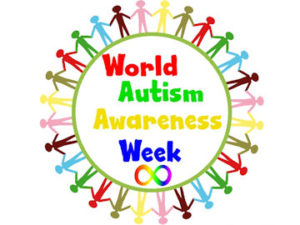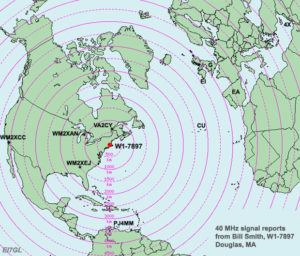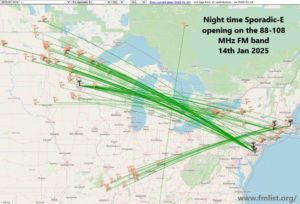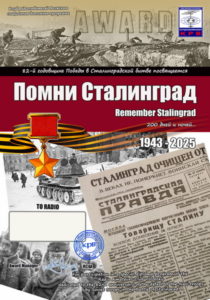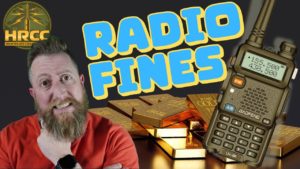Preparations Continue for World Radiocommunication Conference 2023
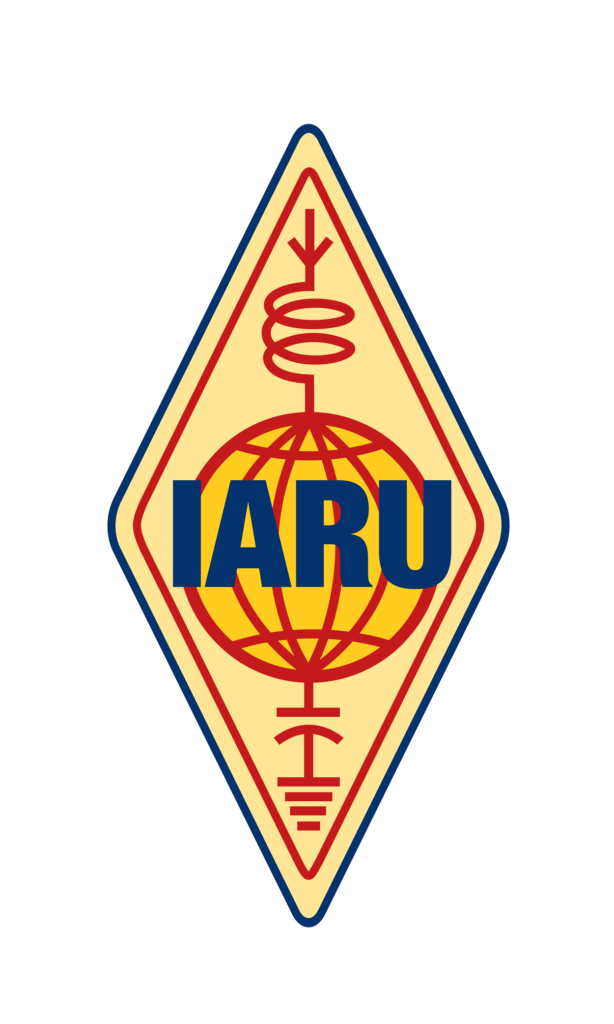
As preparations for World Radiocommunication Conference 2023 (WRC-23) go forward, the International Amateur Radio Union (IARU) continues its efforts to protect amateur and amateur-satellite allocations. The international conference, which generally takes place every 4 years, is sponsored by the International Telecommunication Union (ITU).
IARU participated in the first online meeting of Project Team A (PTA) of the WRC-23 CEPT Conference Preparatory Group (CPG), reporting this week that “a good start was made on items of interest to the amateur and amateur-satellite services.”
Agenda Item 1.12 addresses studies stemming from WRC-19 that are now underway to consider a new secondary allocation to the Earth exploration-satellite (active) service (EESS active) for spaceborne radar sounders in the 40 – 50 MHz range, taking into account the protection of incumbent services (including in adjacent bands), which would include 6 meters. A handful of countries have also allocated secondary amateur bands in the vicinity of 40 MHz.
The WRC-19 Resolution (Res. 656), which ordered the studies, noted that spaceborne-active RF sensors can provide unique information on physical properties of the Earth, and that spaceborne-active remote sensing requires specific frequency ranges depending on the physical phenomena to be observed. Spaceborne radars are intended to operate only in uninhabited or sparsely populated areas with particular focus on deserts and polar ice fields, between the hours of 3 AM and 6 AM local time.
Agenda Item 1.14 addresses the Earth Exploration Satellite Service (passive) (EESS passive) in the range of 231.5 − 250 GHz. The amateur and amateur-satellite services have a primary allocation at 248 – 250 GHz, and a secondary allocation at 241 – 248 GHz.
Agenda Item 9.1 will consider and approve the Report of the Director of the ITU Radiocommunication Bureau on the activities of the Radiocommunication Sector since WRC-19. This includes a review of the amateur service and the amateur-satellite service allocations in the frequency band 1.240 – 1.300 MHz to determine if additional measures are required to ensure the protection of the radio navigation-satellite (space-to-Earth) service (RNSS) operating in the same band.
The 1.240 – 1.300 MHz band is allocated worldwide to the amateur service on a secondary basis, and the amateur-satellite service (Earth-to-space) may operate in the band 1.260 – 1.270 MHz. The primary concern is the potential for interference to the Galileo Global Navigation Satellite System (GPS) in ITU Region 1 (Europe, the Middle East, and Africa). Instances of interference to one of the RNSS channels from amateur operations have been reported. IARU has said it’s prepared to fully cooperate in any studies.
The IARU participated in the initial meeting of Project Team C of the WRC-23 CEPT CPG, where the preliminary CEPT position on international studies on coexistence between the amateur service and RNSS was discussed.
Agenda Item 9.1A concerns space weather sensors, which must be protected by regulation without placing constraints on incumbent services. “The scope of this topic is wide and could cover HF to the EHF spectrum,” IARU said. “Until studies are progressed, it is not certain how the amateur and amateur-satellite services might be impacted.”
Agenda Item 9.1C was proposed by a few countries interested in the possible use of mobile technologies in frequency bands allocated to the fixed service. “In practice, amateur service allocations in the range 430 MHz to 250 GHz could be affected where there is a primary allocation to the fixed service and a secondary allocation to the amateur service,” IARU said, citing 2.3 GHz and 3.4 GHz as examples.
Last summer, France raised a proposal to consider 144 – 146 MHz as a primary allocation to the Aeronautical mobile service, as part of a broader consideration of the spectrum allocated to that service.
IARU pledged to continue “to represent the amateur and amateur-satellite services throughout the electromagnetic spectrum at meetings of regulatory bodies during the coming months.”
If you have found a spelling error, please, notify us by selecting that text and pressing Ctrl+Enter.
